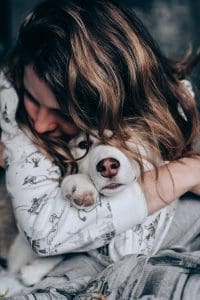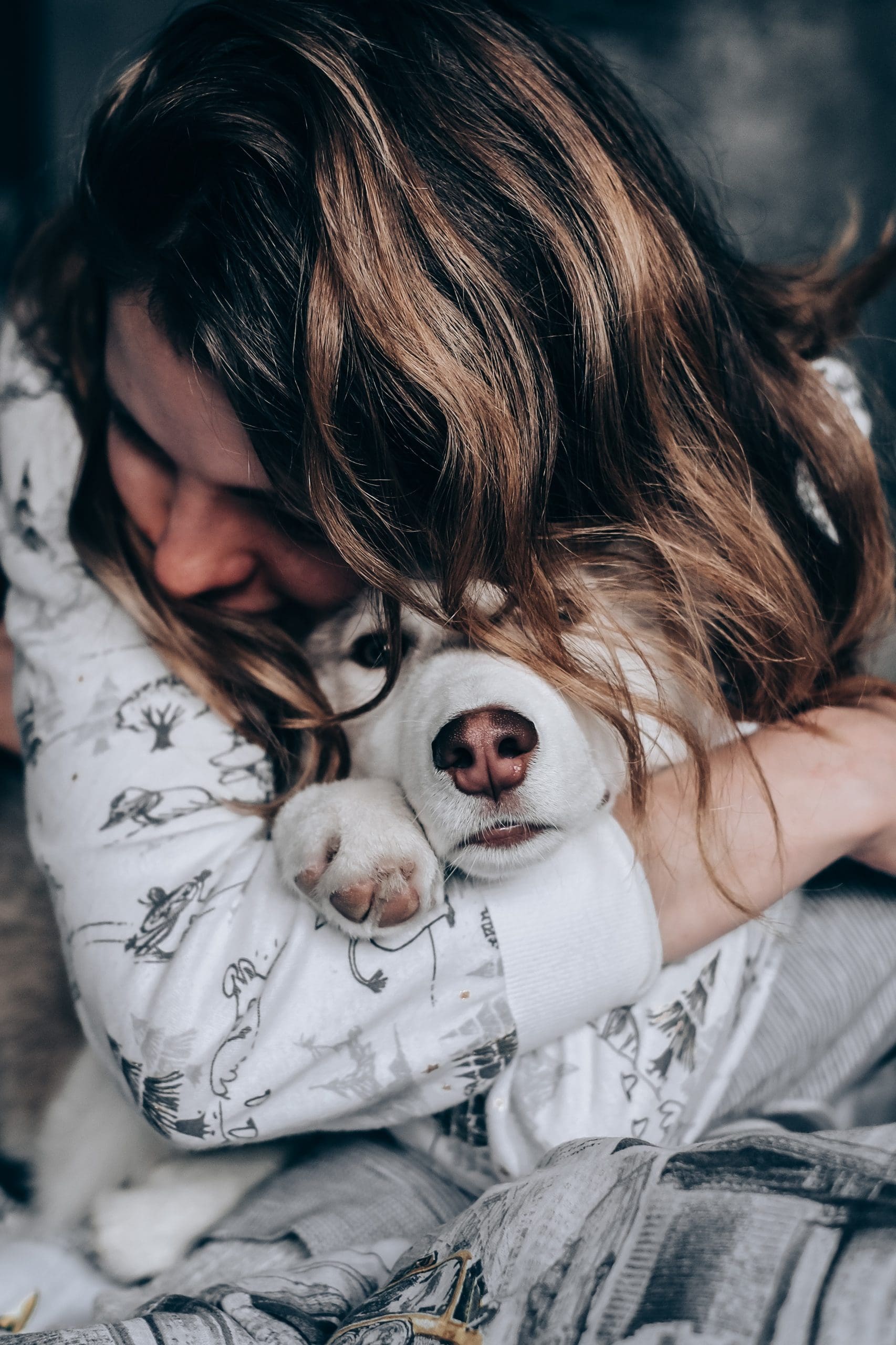 Dogs are amazing creatures that bring joy and companionship to our lives. They have a unique way of communicating, not just through barks and tail wags but also through their drool. Yes, that’s right, drool! If you’ve ever wondered why dogs drool so much, you’re not alone. In this blog post, we’ll explore the fascinating reasons behind this typical behavior.
Dogs are amazing creatures that bring joy and companionship to our lives. They have a unique way of communicating, not just through barks and tail wags but also through their drool. Yes, that’s right, drool! If you’ve ever wondered why dogs drool so much, you’re not alone. In this blog post, we’ll explore the fascinating reasons behind this typical behavior.
Firstly, it’s essential to understand that drooling is a natural process for dogs. It’s their way of keeping their mouths lubricated and cool. Dogs don’t have sweat glands like humans, so they use panting and drooling to regulate their body temperature. When a dog is hot or stressed, they pants heavily, and as a result, you may notice more drool.
Additionally, dogs drool for other reasons beyond temperature regulation. One common cause is the anticipation of food. Like us, dogs have taste buds and salivate at the thought of a delicious meal. So, if you see your furry friend drooling excessively when you’re preparing their dinner or offering them a treat, it’s a sign that their taste buds are working overtime.
Another reason dogs drool is due to excitement or anxiety. Have you ever noticed your pup drooling excessively when you’re about to take them on a car ride or when they greet you after being apart? This is an expected behavior in dogs and is often a result of the adrenaline rush they experience in these situations. It’s their body’s way of preparing for action, and drooling is just one part of this response.
Now, let’s talk about the breeds known to be heavy droolers. Certain dog breeds are more prone to excessive drooling than others. For example, Saint Bernards, Bloodhounds, and Bulldogs are notorious for their slobbery antics. This is mainly due to their facial anatomy, with loose jowls and extra skin around their mouths. While their drooling may seem excessive, it’s completely normal for these breeds and something to be expected.
While drooling is generally harmless, there are a few cases where excessive drooling can indicate an underlying issue. If you notice a sudden increase in drooling accompanied by other symptoms such as vomiting, diarrhea, or difficulty eating, it’s essential to consult your veterinarian. These signs may indicate dental problems, oral infections, or gastrointestinal issues.
To manage drooling, you can take a few simple steps. Regular dental care is essential to keep your dog’s mouth healthy. Brushing their teeth and providing appropriate chew toys can help reduce plaque buildup and oral infections. If your dog tends to drool excessively during car rides, it may be helpful to acclimate them to short rides and gradually increase the duration to minimize anxiety.
In conclusion, dogs drool for various reasons, including temperature regulation, excitement, anticipation of food, and breed-specific traits. While it’s normal behavior, excessive drooling accompanied by other symptoms should be addressed by a veterinarian. Remember, understanding why dogs drool is just one part of the complex and beautiful world of canine behavior. So embrace the drool, wipe it off with a smile, and continue to cherish the unconditional love our furry friends bring into our lives.[/fusion_text]



